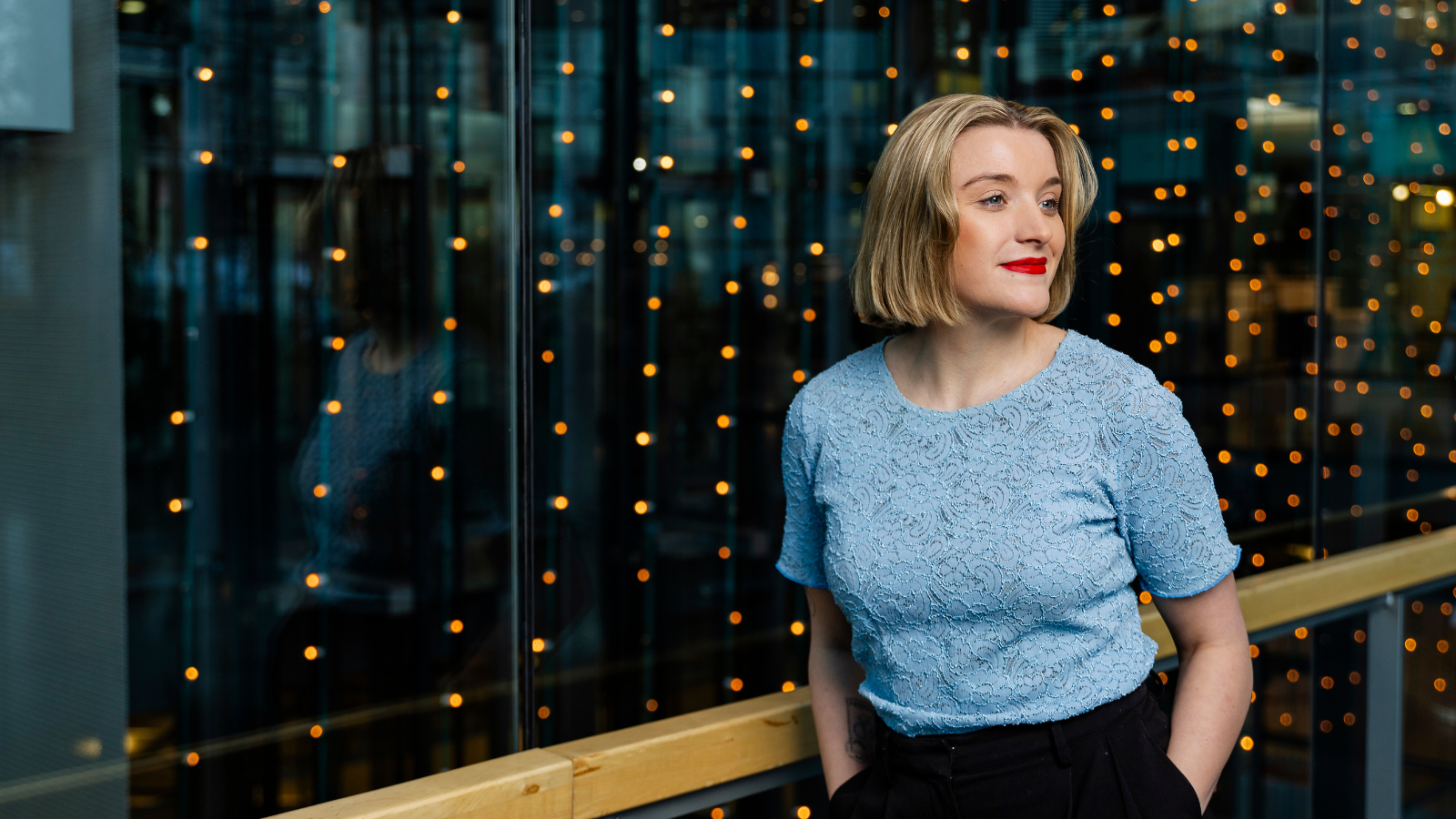Author Sanna Lindgren is a member of KENKKU, a group of volunteers from various student unions. This article, published as part of Sustainability Week (#kekeviikko), addresses climate change in Colombia.
It is said that if you want everything at once, you will find it in Colombia. Even though it does not always feel like it in chaotic Bogotá, where black pollution clouds blow into your face on a daily basis, the Colombian nature is the most diverse in the world in relation to the size of the country.
Lately I have had a close-up view of local society, nature and people, and I have also heard many worried discussions about the destruction of Colombia’s nature. I did a short interview with a friend from Bogotá on her views on climate change:
“Climate change affects us all. People have caused it through poor management of renewable and non-renewable natural resources. In my country there are way too many factors promoting climate change:
- Outdated technology, such as buses running on diesel,
- people are not really used to thinking about things like recycling,
- capitalism and different ways to make people consume more,
- industry which affects the environment in many ways, and
- bad governance. The government will for example allow drilling for fossil sources of energy without considering the effects on the environment, such as the plants and wildlife. There is also not enough regulation on cutting down forests.”
What are the consequences of climate change? How are they visible in your country?
“I like to travel and get to know my country better, but sometimes I find places where the effects of climate change are clearly visible. As the climate has become warmer the snowy peaks of mountains have melted visibly, for example – according to measurements and the experts who are monitoring the situation, some of them might melt completely in the next five years. Many people pollute the environment and forests are disappearing fast. This also affects the air quality. It is really sad to see this happen – to see people put an end to both themselves and other species living on this planet.”
What do you think should be done?
“It is a really complicated matter. There are countries, mostly in Europe, where the laws are stricter and people’s awareness has increased through years of campaigns and initiatives. The situation is different in Latin America, because the social, political and economic circumstances are completely different. A different culture also makes change more difficult. I think education wold be the best way to improve the situation. Legislation is another important factor. But by the time we understand what we are doing to the planet, it might already be too late.”
Sanna Lindgren (the writer is a member of KENKKU)




